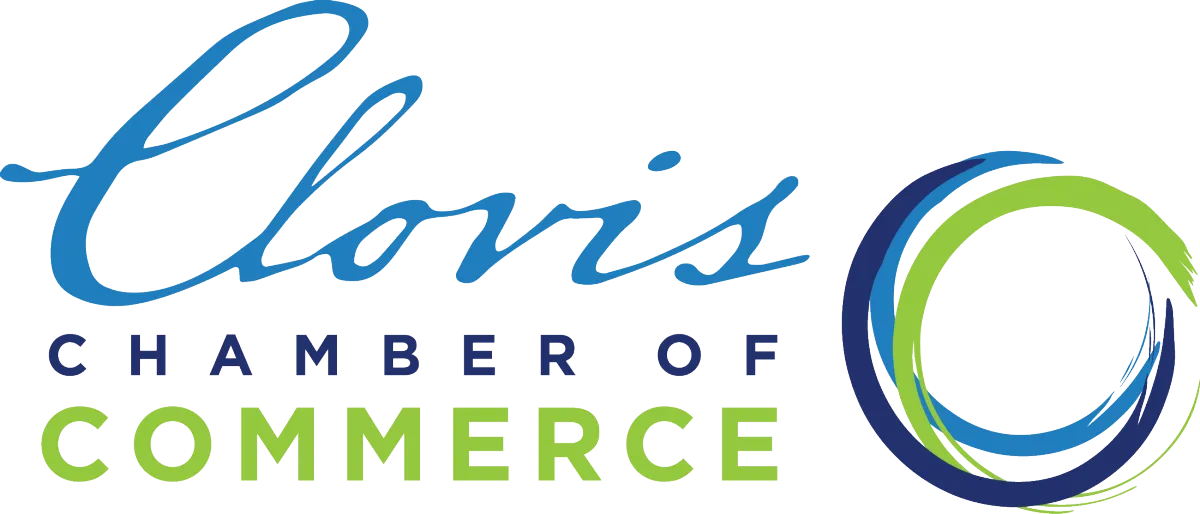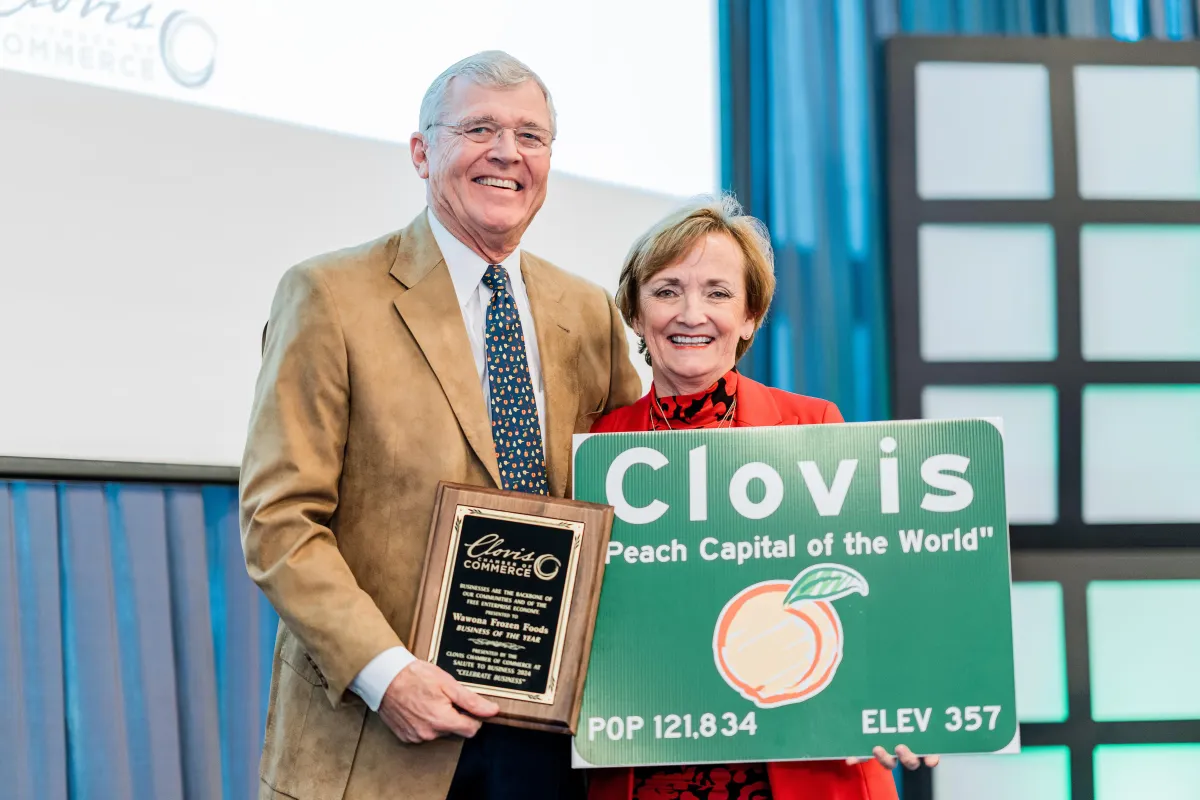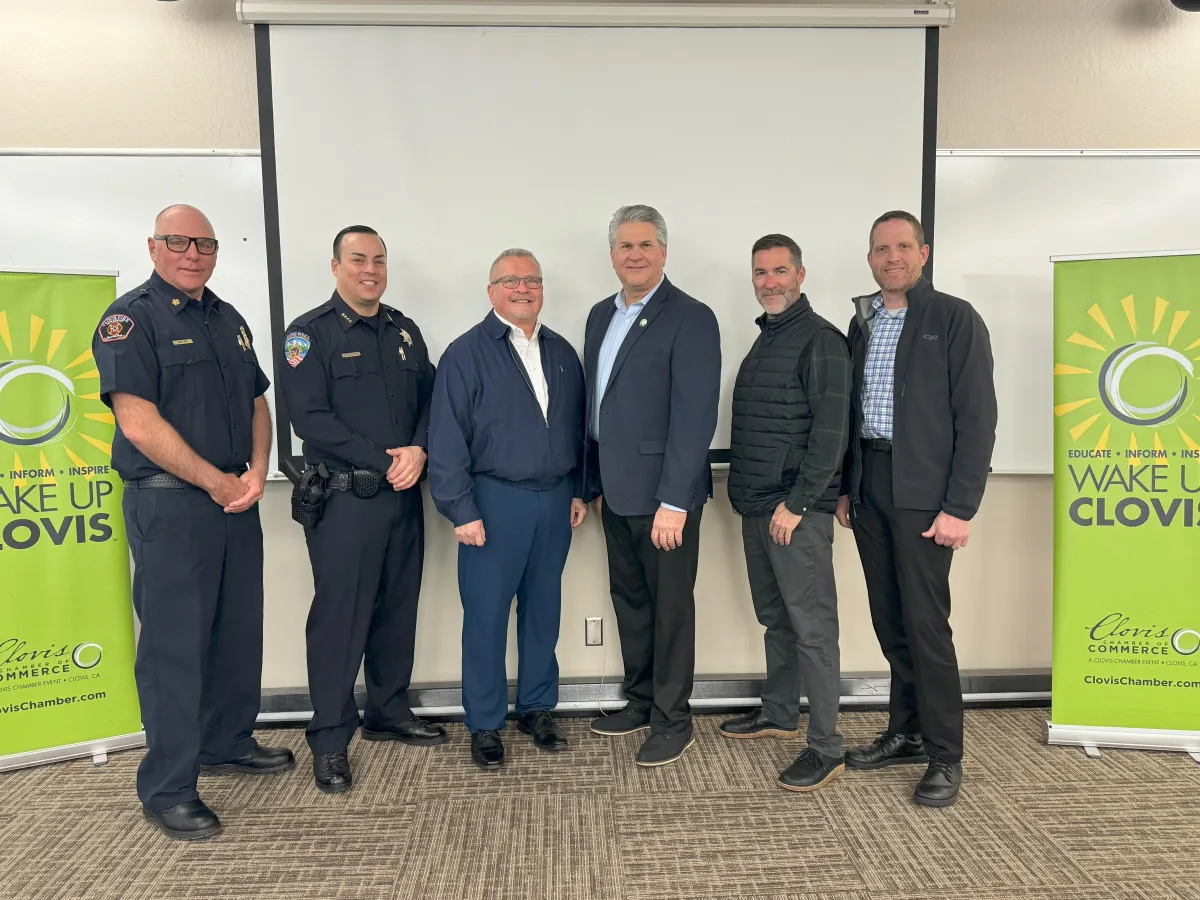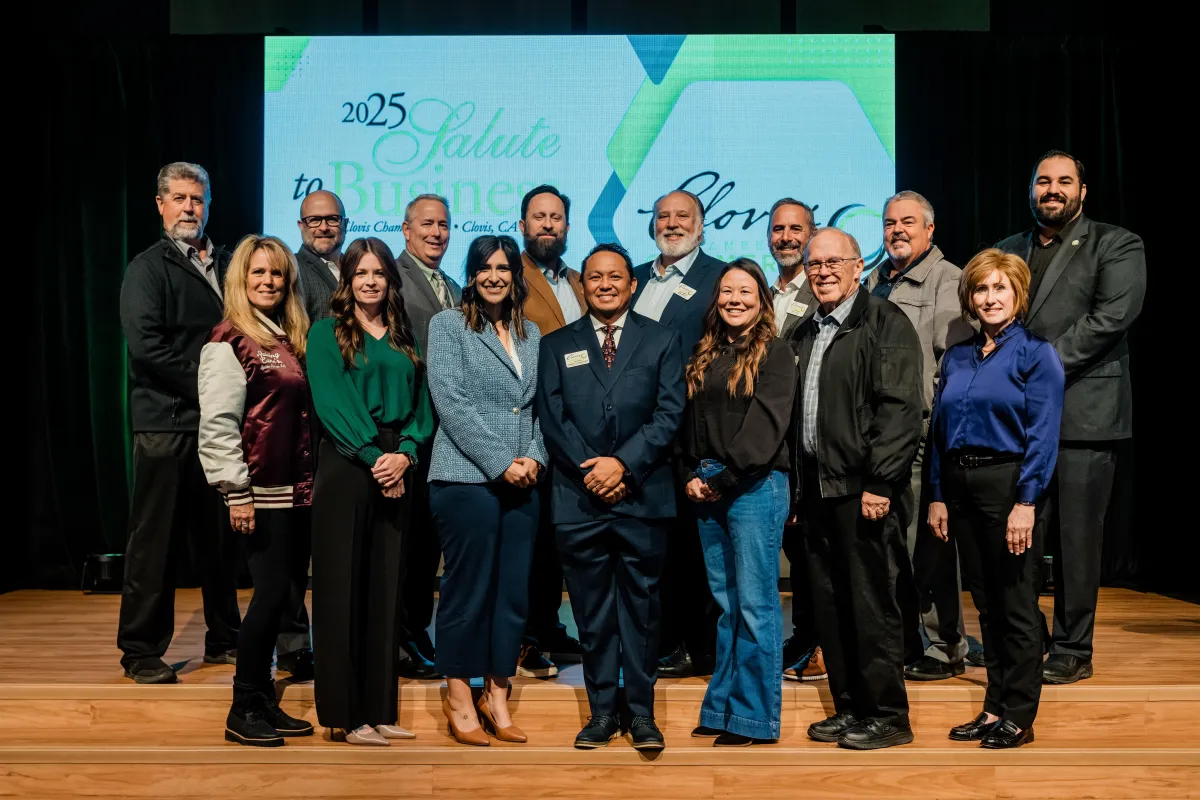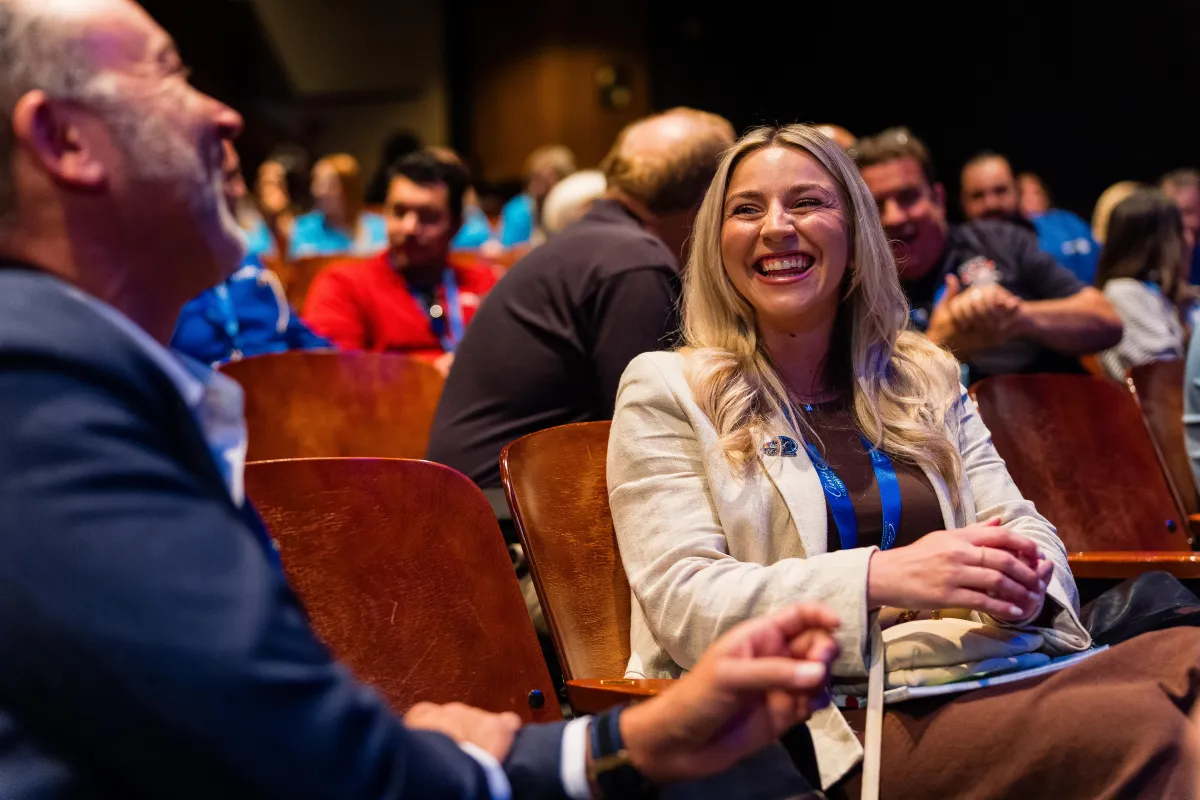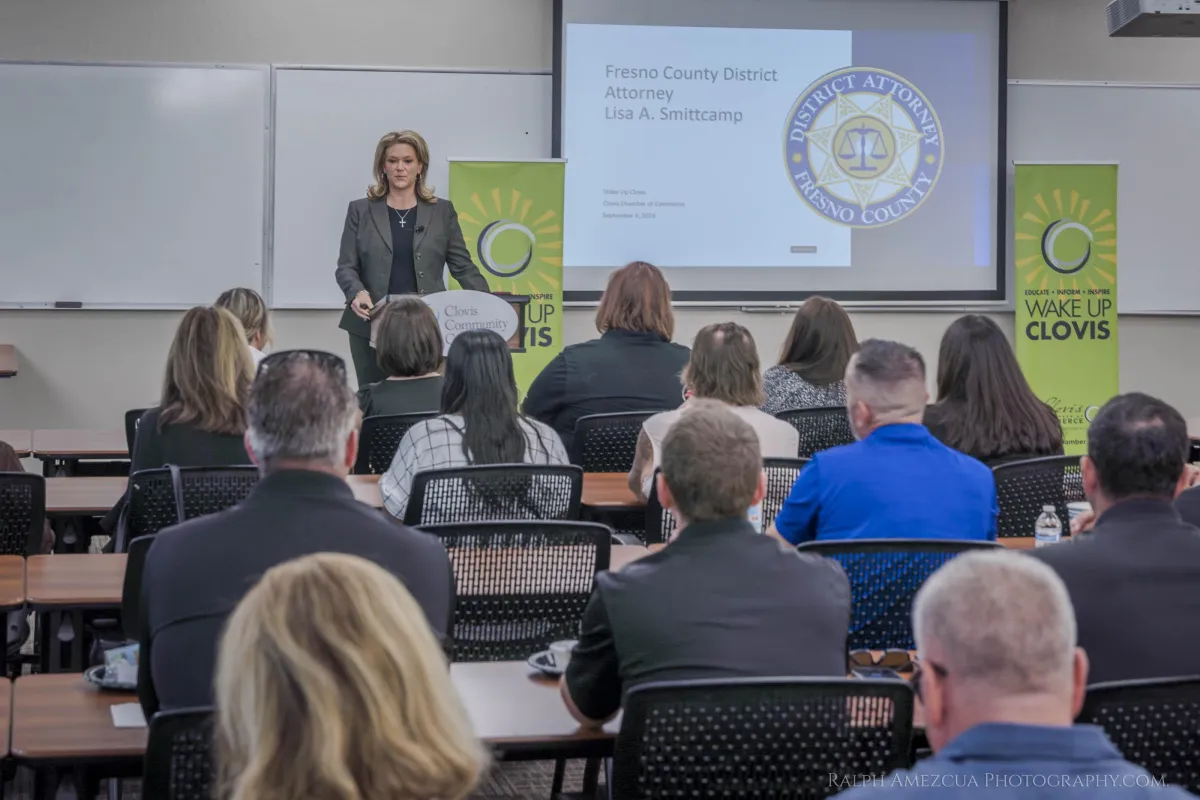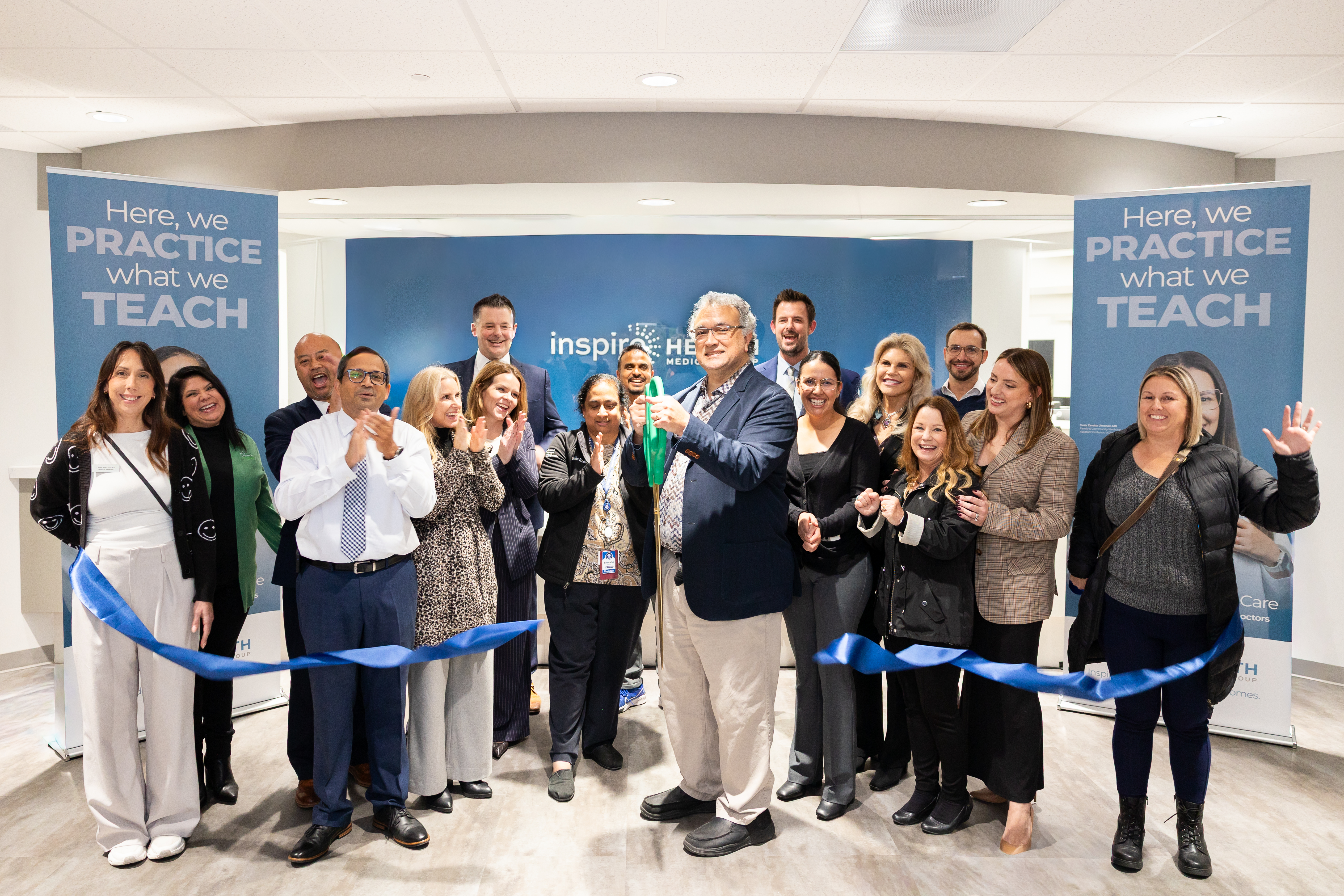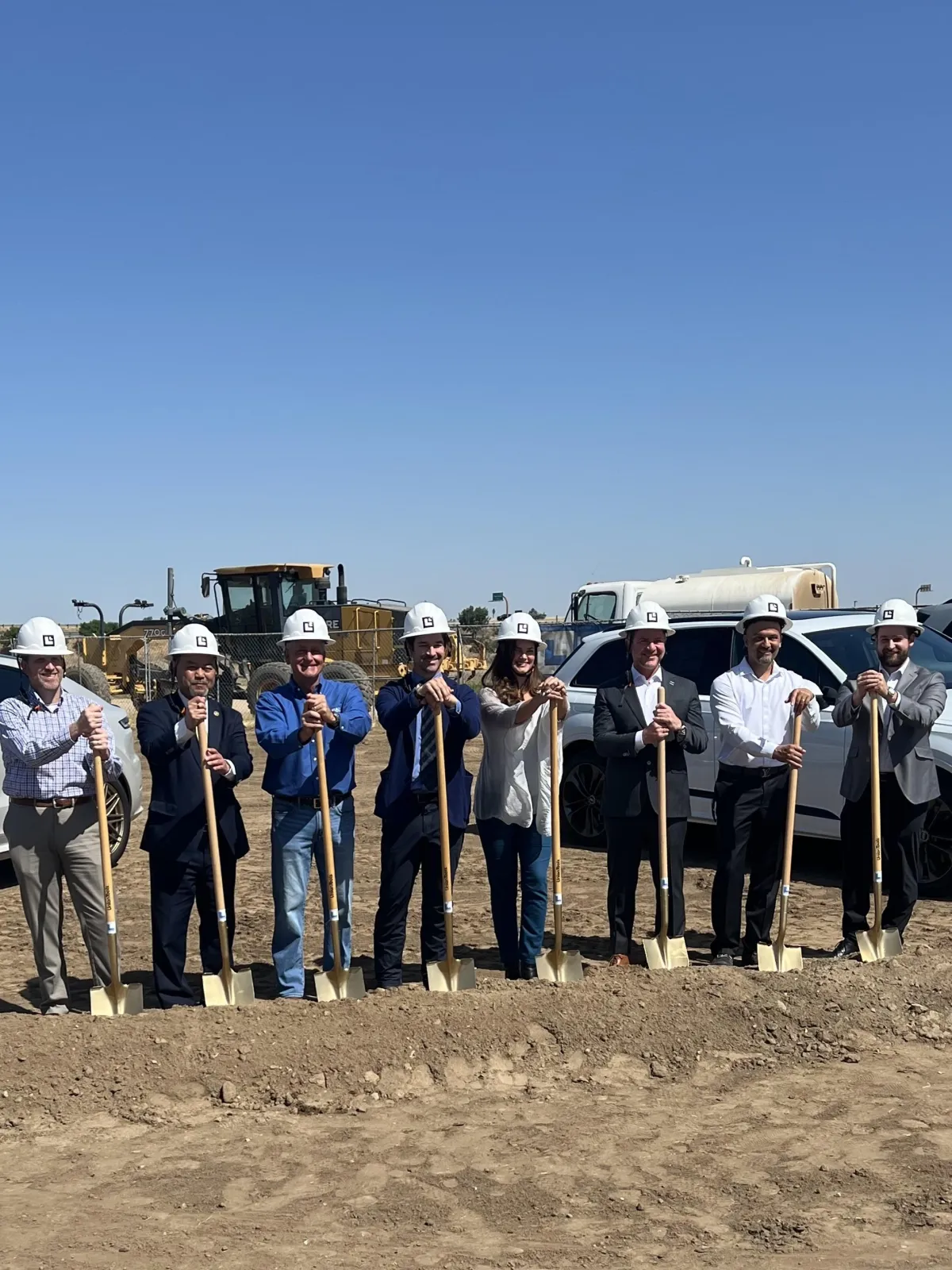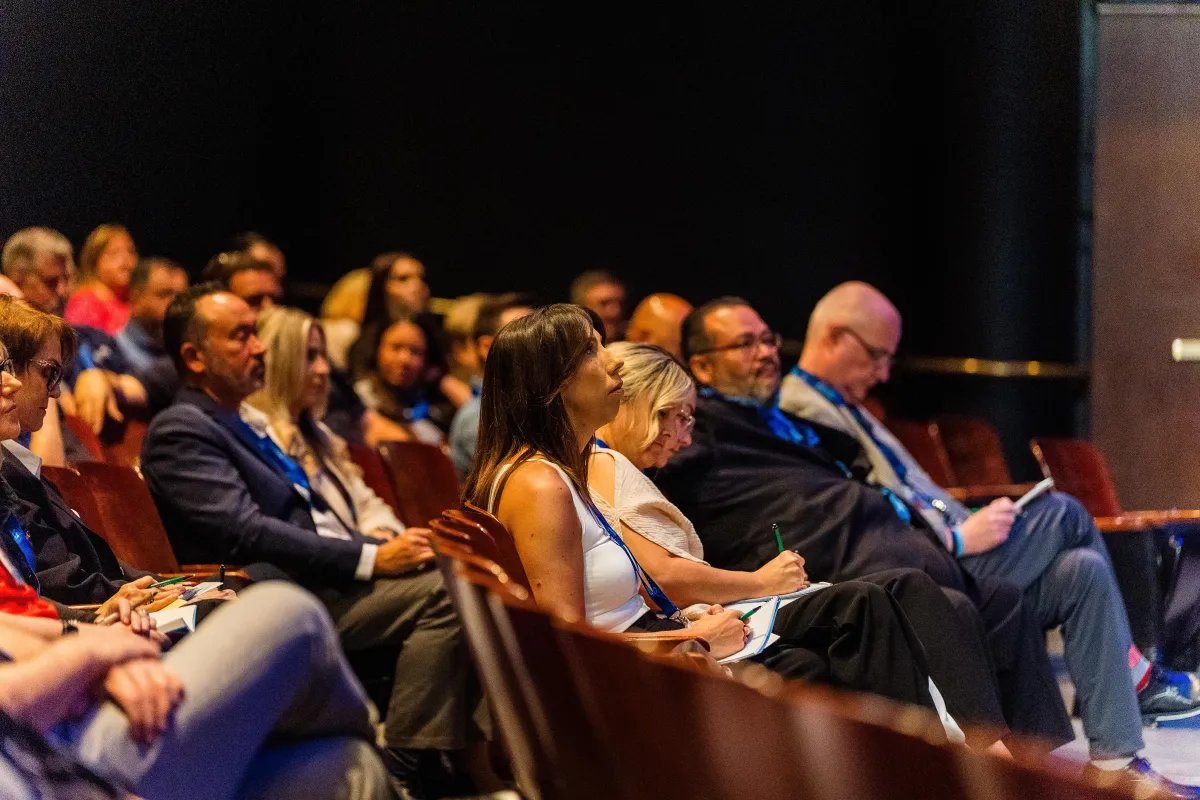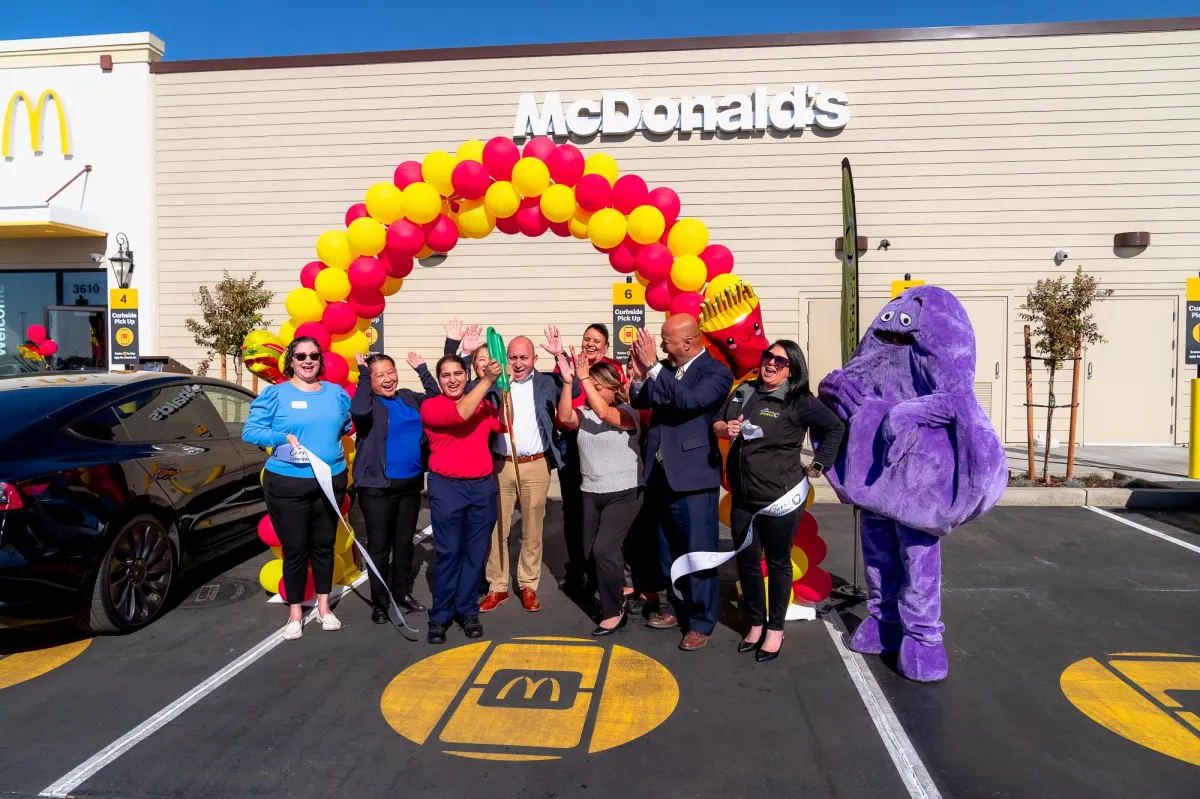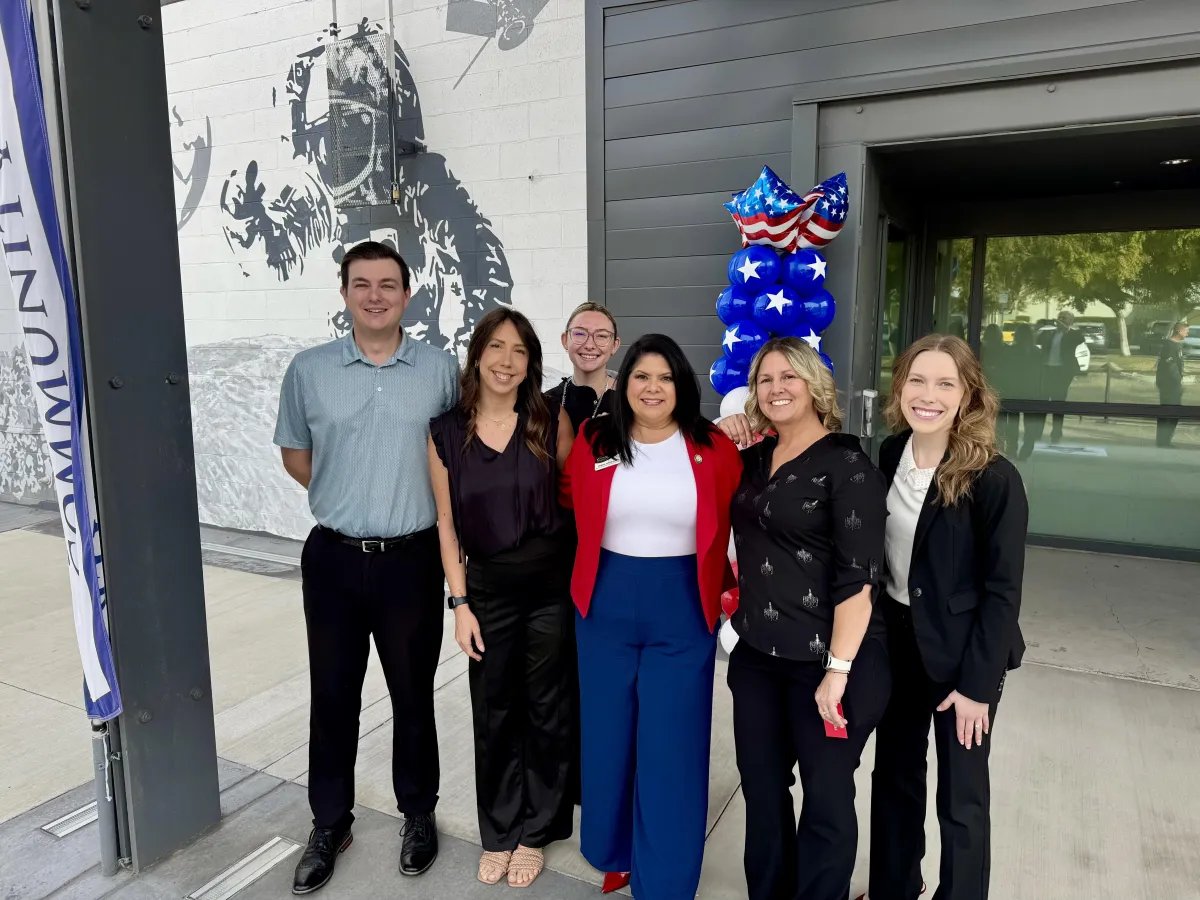Welcome To The
Clovis Chamber of Commerce
Your Go-To Resource for Business Development in the Central Valley
Gain strategic opportunities to increase awareness of your company right here in the Central Valley.
Chamber members gain valuable resources for business development, relationship building, and increased local exposure.
Community Events Calendar
Want to get involved in community outreach?
Become a volunteer or sponsor to successful Chamber programs devoted to improving the local educational, business, and commerce opportunities.
In addition to adding value to the local economy through our events and members, we support our award winning Clovis Unified School District and city government that make Clovis California’s Number ONE city for raising a young family.
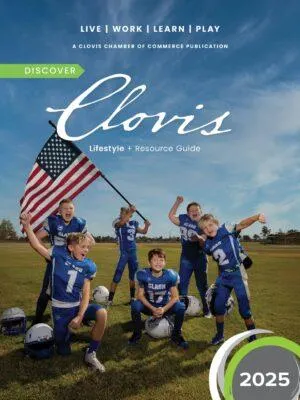
Voted Best Chamber of Commerce
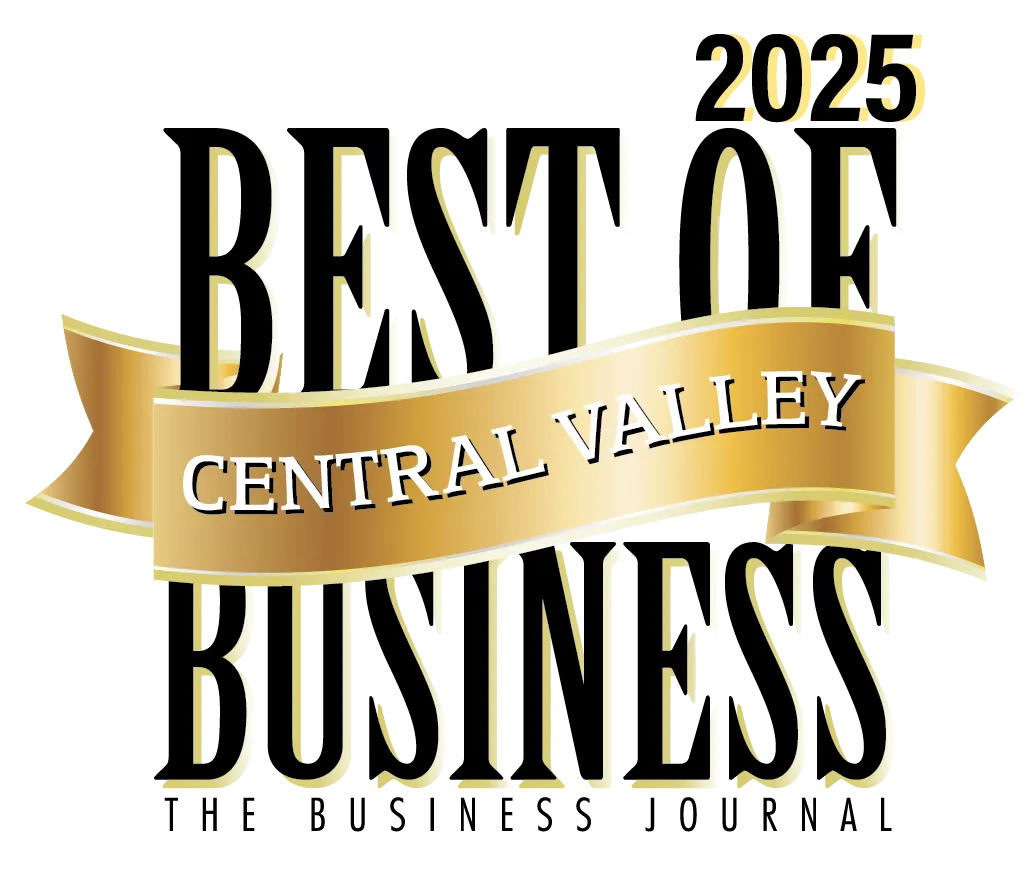
Clovis Chamber Influencer Members


Clovis Chamber Premier Partners

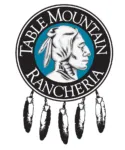
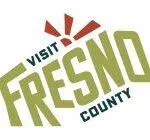

The Chamber
Programs & Events
Member Resources

